|
Crime fiction falls into a range of subgenres. Knowing where your novel fits helps you understand what readers expect, which published writers you can learn from, and how you might stand out.
This post featured in Joel Friedlander's Carnival of the Indies #91
If you'd prefer to watch a video, scroll down to the bottom of the article.
This article provides an overview of some of the established subgenres, though the list isn’t exhaustive.
There’s crossover certainly and, depending on the commentator, crime fiction gets chopped up into subgenres variously. I’ve elected not to focus on inverted-detective fiction, heists and capers, LGBTQ mysteries, feminist crime fiction, or romantic suspense, but these subgenres and more all have their place in the market. One thing’s for sure: ‘Crime fiction is never static and never appears to be running out of ideas,’ says Barbara Henderson. Two more reasons to know your subgenre If you’re going it alone, one of your publishing jobs will be to help your readers find your book. When you upload to Amazon, Smashwords or any other distribution platform, you’ll need to decide which BISAC headings to place your book under. And if you’re going down the traditional publishing route, identifying your subgenre(s) will help a literary agent understand which publishers have a best-fit list and where in a bookstore your novel will be shelved. If the fit isn’t obvious to you, it could be harder to convince your agent that your book’s marketable. Ultimately, though, it's the writing that needs to be top-notch, not strict conformity to one or another subgenre. These days, it's probably harder to find crime fiction that isn't fusion of subgenres!
Cosy crime fiction
If much of today’s crime fiction seems gritty, even gratuitously violent, and that’s not the way you want to write, fret not. Cosy crime is alive and kicking (though gently).
Publishers are rushing to bring “lost” golden-age authors such as Annie Haynes back into print, and to repackage the likes of Margery Allingham and Francis Durbridge. (Alison Flood)
What distinguishes the cosy? Murder yes, but leave out the gore, the pain, and depressing social commentary. Your protagonist might well be flawed but no more so than anyone else in the novel, and your readers will embrace your hero’s quirkiness with a skip in their step. That doesn’t mean the cosy isn’t tight on plot and well-paced action that drive the novel forward. Contemporary readers want fantastic mysteries with twists and turns that will keep them guessing. Cosies can be liberating for the playful crime writer who wants to explore the genre with non-traditional characters placed in non-traditional settings:
Classic detective – the Golden Age and beyond
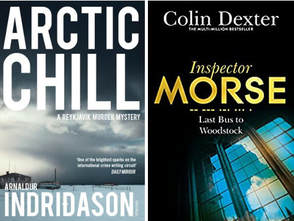
RD Collins locates the start of the genre with Poe’s The Murders in the Rue Morgue. It found its feet with Conan Doyle’s Sherlock Holmes and entered into a Golden Age in the 1920s with Agatha Christie’s Hercule Poirot and Dorothy L Sayers’ Lord Peter Wimsey, among others.
The Golden Age introduced ‘rules’ for the genre. Reba White Williams summarizes these as follows:
See also the quote further down from Otto Penzler about locked-room mysteries – no cheating with doubles and magic! Today’s authors must abide by the same rules, no matter whether their tales are set in Oxford with Morse, LA with Bosch, or Reykjavik with Erlendur.
Hardboiled crime fiction
Los Angeles had never been written about. California had been written about, a book called Ramona ... a lot of sentimental slop. But nobody in my time had tried to write about a Los Angeles background in any sort of realistic way.
That’s a quote from Raymond Chandler in conversation with Ian Fleming in 1958. Chandler’s response was to write crime fiction that was gritty, depressing, violent, cynical and seedy. Hardboiled crime writing, as it came to be known, pulls no punches. The protagonists aren’t invulnerable superheroes. And the environments within which they operate are those of contrast – urban decay and tourist hotspots, hope and corruption. If your crime writing falls into this category, don’t set an amateur protagonist sleuth alongside foolish law-enforcement officers who have neither brains nor access to detection resources. Hardboiled isn’t pretty but it’s rich in believability. Plots are fattened with complex characters, social commentary and, of course, murder. Says Matthew Lewin on the contemporary hardboiled crime fiction of James Lee Burke and James Ellroy:
There is a fury and desperation in this new writing that touches on the violence and depravity of our time as well as the grace and beauty of the best in human nature and the physical world.
Think Harry Bosch. Tim Walker refers to his creator Michael Connelly as ‘the modern Raymond Chandler’. ‘Connelly says he still sees it as a duty to acknowledge the social climate in his novels’. Think also Rebus; Ian Rankin, like Connelly, fuses hardboiled with police procedural masterfully. With hardboiled, even when the crime is solved, your readers won’t expect to close the book feeling that everyone will live happily ever after.
Historical crime fiction
Popular series feature CJ Sansom’s Shardlake, SJ Parris’s Giordano Bruno, Susanna Gregory’s Thomas Chaloner, and Ellis Peters’ Brother Cadfael.
The genre is as interesting for its criminal investigations as for the lessons in social history afforded to the reader. And because the reader needs to understand the historical setting, these novels are often long. Sansom’s Dark Fire comes in at a whopping 600-plus pages. I have the hardback version and I’m sure I bulked up my biceps just carrying the book from Waterstones to the car park. If historical fiction floats your writing boat, be prepared to put in the research. Many of your readers will know their history so you’ll need to dig deep. It’s no accident that the protagonists in these novels are curious renegade monks, lawyers, scholars and the like. The criminal justice system as it exists in our era bears little resemblance to that in these bygone days. Consider the following:
Some historical fiction is cosier and shorter. Consider David Dickinson’s Lord Powerscourt and Emily Brightwell’s Mrs Jeffries. These Victorian mysteries offer plenty of intrigue and good old-fashioned murder, but we’re spared the grisly details. Don’t be surprised to see this lighter crime fiction splashed with a dose of humour as the authors cast their gaze over the social-economic and gender disparities typical of the era. Still, if the Regency or Victorian cosy is your bag, you’ll still need to gen up on period details.
Legal and medical crime fiction
Courtrooms, labs and hospitals make for great crime fiction, and ‘lawyers and doctors make effective protagonists since they seem to exist on a plane far above the rest of us. Although popular, these tales are usually penned by actual lawyers and doctors due to the demands of the information presented,’ writes Stephen D. Rogers.
Here are some examples:
That old trope of writing what you know comes into play here and it’s a good reminder that using your own specialist knowledge to bring authenticity to your crime writing makes good sense. And if you’re not a former cop, doc or lawyer but you have friends who are, be sure to pick their brains. In particular, research the role of your legal or medical protagonist and ensure that the powers of investigation you assign to them are appropriate for their location. Even if you’re pushing the boundaries of existing science, to give your reader the best experience the foundations will need to be solid.
Locked-room crime fiction
The crime scene is that of a moving train, a secluded and heavily guarded house, an aeroplane, a single-track road with only one way in and one way out ... less whodunnit, more howdunnit.
A locked-room novelist is the illusionist of crime writing, the creator of ‘impossible’ fiction. And yet not so impossible as it turns out, as our brilliant protagonist gradually reveals all. Take care though. No cheating is allowed with locked-room crime. Says Otto Penzler:
The solutions to none of these locked room murders and thefts have supernatural elements and there is no cheating about hidden panels, long-lost twins, waking from dreams or hallucinations. No, they are deduced by detectives, who explain all to the incredulous characters and the baffled reader.
Well-known examples include:
The artistry of the locked-room mystery lies in the author’s ability to deliver a reveal that doesn’t rely on a device that doesn’t exist in real life, that doesn’t require information to be deliberately withheld from the reader, and isn’t so obvious as to be deducible at the beginning of the story. I recommend The Locked-room Mysteries, Penzler’s superb anthology for aspiring locked-room crime writers who want to see masters at work. It's huge – over 930 pages – and heavy, but literally worth its weight.
Police procedural
If you’re writing a police procedural, your in-depth research will need to be top-notch. The angle you take will be determined by your protagonist’s skills. Examples include:
Procedurals are notable for their thoroughly researched and authentic rendering of detection, evidence-gathering, forensics, autopsies, and interrogation procedures in order to solve the novel’s crime(s). Wowser tools and tech don’t come at the cost of strong characterization though. Rhyme is paralyzed following an on-scene accident. Cooper is recovering from the breakdown of her marriage. Rebus has a history of trauma dating from his former military career. Wallander has diabetes, and his daughter attempted suicide in her teenage years. These in-depth backstories provide complexity and conflict – a kind of layering that fattens the plot without complicating it. I find Cooper a little whiny, Rebus grumpy, Scarpetta arrogant, Wallander depressing. That doesn’t stop me falling in love with them though. In fact, flawed characters can balance the sterility of the procedural details. And you, the writer, might find a protagonist with foibles more enjoyable to write. Mankell did:
It’s quite true that I don’t particularly like [Wallander]. But then I think most writers would say it’s more interesting to write about a person you don’t like. I’m quite sure Shakespeare enjoyed writing Iago much more than he did writing Othello. [...] It’s much better to have something between you and your main character that grates.
Spy thriller
When it comes to spy stories, your protagonist is a spook, the nation’s safety the hook. It’s a race against time – against a larger-than-life antagonist – in order to save, well, everyone. The plots are usually complex and the action high-octane.
‘When you’re writing spy fiction you have one overriding goal: to keep the reader turning the pages,’ says Graeme Shimmin. Here’s some great advice from Kathrine Roid: Don’t wing it when it comes to plot:
A spy novel needs to be thought out beforehand, even more so than novels of most genres. Unlike, say, a quest fantasy, where plot points can be shuffled or cut out or added without too much trouble, everything needs to be compactly connected to the main plot. (Unplotted) whims simply do not have a place.
If you’re wandering into spy-fi territory, you’ll have a little more freedom to play with gadgetry. If you’re keeping it real, do the research. Know your guns and your gear so that your protagonist doesn’t end up more tactifool than tactical. But old on a mo. Your spy crime fiction doesn’t have to be a sprint like Robert Ludlum’s or Clive Cussler’s. Mick Herron is one of my favourite writers. The pace might be a little gentler but the brooding narrative is utterly believable. His Jackson Lamb series features the ‘slow horses’ – MI5 agents who’ve messed up and been put out to graze in the backwoods of inactive service. Herron’s crime isn’t spy-fi – there are no wacky gadgets to get Lamb’s crew out of a fix. The characters are vulnerable, disgruntled, and bored ... until there’s a crime and Lamb suspects the spooks. It’s a fine example of character-driven writing with attention to detail on Service procedural and detection legwork.
Private eye and amateur sleuth
The private-eye tradition crosses subgenres: from cosy to hardboiled to classic thriller.
Telling your story through a point-of-view character who works outside law enforcement has its advantages: your protagonist can behave and move in ways that a detective can’t, at least not without risking their job. On the other hand, your sleuth won’t have access to the wealth of contemporary resources available to the police. And take care not to make your amateur’s successes depend on witless professionals. Certainly, every organization/service has its fools and bad apples, and crime fiction is the perfect tool with which to explore police and state corruption, but contemporary readers are unlikely to engage with a novel whose chief investigator is an oaf.
Transgressor/noir
If this is your bag, you’ll go where others fear to tread. Whodunnit is still in the mix, but whydunnit is close behind.
It shares the grit of hardboiled but is distinctive for its focus on the narratives of the transgressor (Eoin McNamee: Resurrection Man), the victim (Larsson: The Girl with the Dragon Tattoo), or both (Lippman: I’d Know You Anywhere). The authors who do this subgenre best seem almost to be able to channel their characters’ psychosocial conflict, and dig deep into the predator–prey relationship. And even when the detective is the protagonist, they’re less superhero than anti-hero, troubled by demons, working despite – rather than within – an establishment as troubled as them (James Ellroy: LA Confidential; Antonin Varenne: Bed of Nails). Says Penzler in ‘Noir fiction is about losers, not private eyes’:
There are no heroic figures in noir fiction. [...] The noir story with a happy ending has never been written, nor can it be. The lost and corrupt souls who populate these tales were doomed before we met them because of their hollow hearts and depraved sensibilities.
Regional variants – e.g. Tartan, Scandinavian, Emerald – that represent the landscape, culture, idiom, and social and political identity of their settings have emerged to international acclaim.
A quick note on subgenre fusion
Your book might well fall into what Agnieszka Sienkiewicz-Charlish calls genre syncretism: ‘the hard-boiled detective story, the police procedural, Gothic fiction and the psycho-social novel’. She offers Rankin’s Rebus novels as an example.
Consider also China Miéville's The City & The City. In this novel, two locations occupy the same physical space. At heart, it's a police procedural, but there's a speculative/fantasy take on the hardboiled tradition: the shiny surfaces of one city butt up against a grubbier alternate, yet residents of each are legally bound to 'unsee' each other. As such, Mieville incorporates a subtle commentary on state authoritarianism, surveillance and corruption into a murder investigation. Genre syncretism can help your work stand out, but take care to recognize the conventions of each so that the core subgenre elements are all done well. No reader will thank you for promising a fusion of hardboiled and police procedural if both are half-baked. Good writing trumps everything. I hope you find this useful and wish you sleuthing success on your crime-writing journey! And there's that video I promised for those of you who'd prefer to watch or listen.
Further reading
Louise Harnby is a line editor, copyeditor and proofreader who specializes in working with crime, mystery, suspense and thriller writers.
She is an Advanced Professional Member of the Chartered Institute of Editing and Proofreading (CIEP), a member of ACES, a Partner Member of The Alliance of Independent Authors (ALLi), and co-hosts The Editing Podcast. Visit her business website at Louise Harnby | Fiction Editor & Proofreader, say hello on Twitter at @LouiseHarnby, connect via Facebook and LinkedIn, and check out her books and courses.
9 Comments
Louise Harnby
13/8/2018 10:14:00 am
Data protection laws mean I can't sign you up, Kay. You have to do it. Click on the blue 'Sign up to Louise's blog' button at the end of the post and you'll be all set.
Reply
10/10/2019 12:43:02 pm
So helpful and comprehensive...thank you, Louise! Am inspired to sample books within each subgenre in the name of research, starting with cozy quilts and cats to offset my inclination toward the hardboiled.
Reply
Louise Harnby
10/10/2019 12:45:16 pm
I thought about you when I wrote my recent post on international conferences. You were fantastic company and made my stay in Chicago a joy. Thank you, Amy. (And your quilts are amazing!)
Reply
Carrie-Anne
18/6/2020 11:16:26 am
What an interesting read 😊 I have a question though. If you want to write a fusion of fantasy Fiction ie other realms within our world (so some realism too)and crime fiction What sub genre would you say it was?
Reply
Louise Harnby
18/6/2020 05:38:08 pm
Hi, Carrie-Anne. Sounds like it might fall under speculative fiction, which is quite a broad genre. So perhaps speculative crime fiction? I love speculative fiction! Let me know once your book is out. I look forward to dipping in!
Reply
16/7/2020 12:46:48 am
Your characters play a vital role in determining the effectiveness of your detective story. In essence, they are the driving force that moves your story toward its ending. In writing a story under the genre of detective fiction, you should always pay attention to how you craft your characters. Their natures and motivations, particularly, are very important, as they mostly decide how your story will turn out. If you are not contented with just reading and you want to write your very own detective story someday, then this article https://www.4mysteryjbclemmens.com/the-essential-rules-for-writing-a-good-detective-story/ is especially for you.
Reply
Katie Chambers
18/12/2020 05:38:36 pm
Where do psychological thrillers come in? I didn't see that on the list. Is that not its own subgenre? Like Gone Girl and Girl on the Train.
Reply
Louise Harnby
18/12/2020 06:33:48 pm
Hi, Katie. As I said at the start, I only cover *some* of the subgenres. There are loads more! One could write a book on genres and subgenres! When I get a moment, I'll revisit the issue and look at some others.
Reply
Leave a Reply. |
BLOG ALERTSIf you'd like me to email you when a new blog post is available, sign up for blog alerts!
TESTIMONIALSDare Rogers'Louise uses her expertise to hone a story until it's razor sharp, while still allowing the author’s voice to remain dominant.'Jeff Carson'I wholeheartedly recommend her services ... Just don’t hire her when I need her.'J B Turner'Sincere thanks for a beautiful and elegant piece of work. First class.'Ayshe Gemedzhy'What makes her stand out and shine is her ability to immerse herself in your story.'Salt Publishing'A million thanks – your mark-up is perfect, as always.'CATEGORIES
All
ARCHIVES
July 2024
|
|
|
|


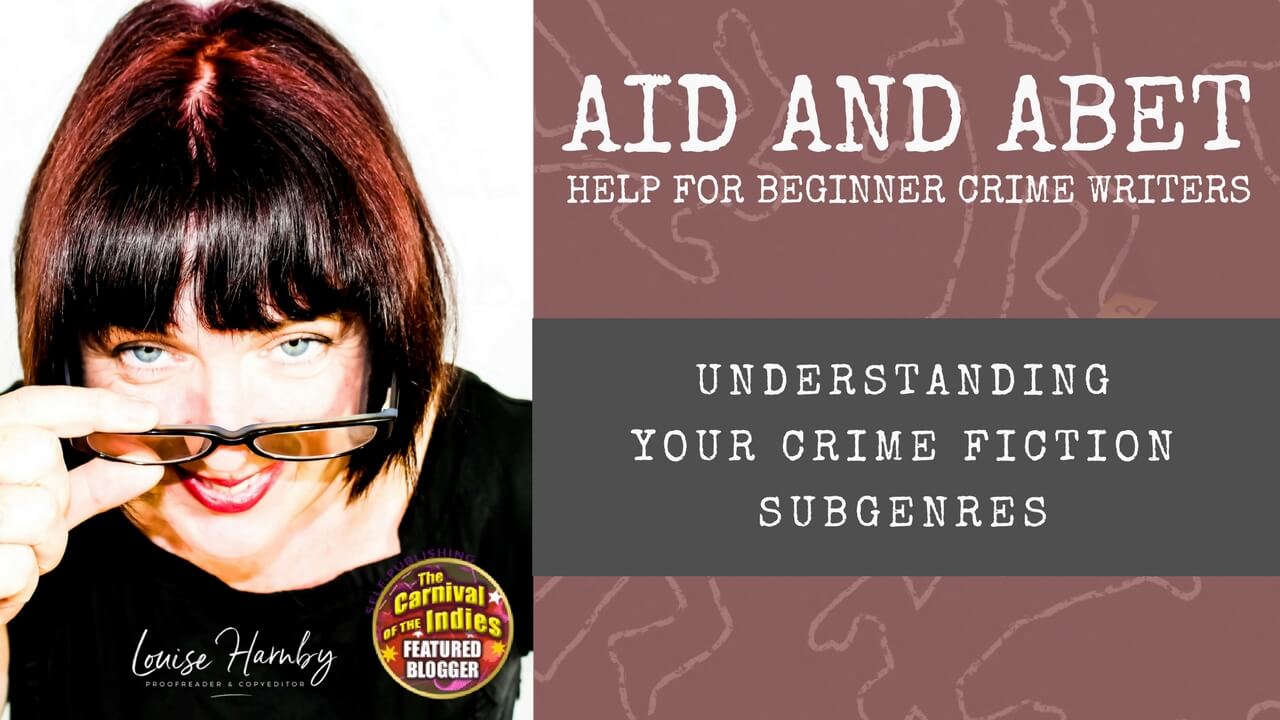
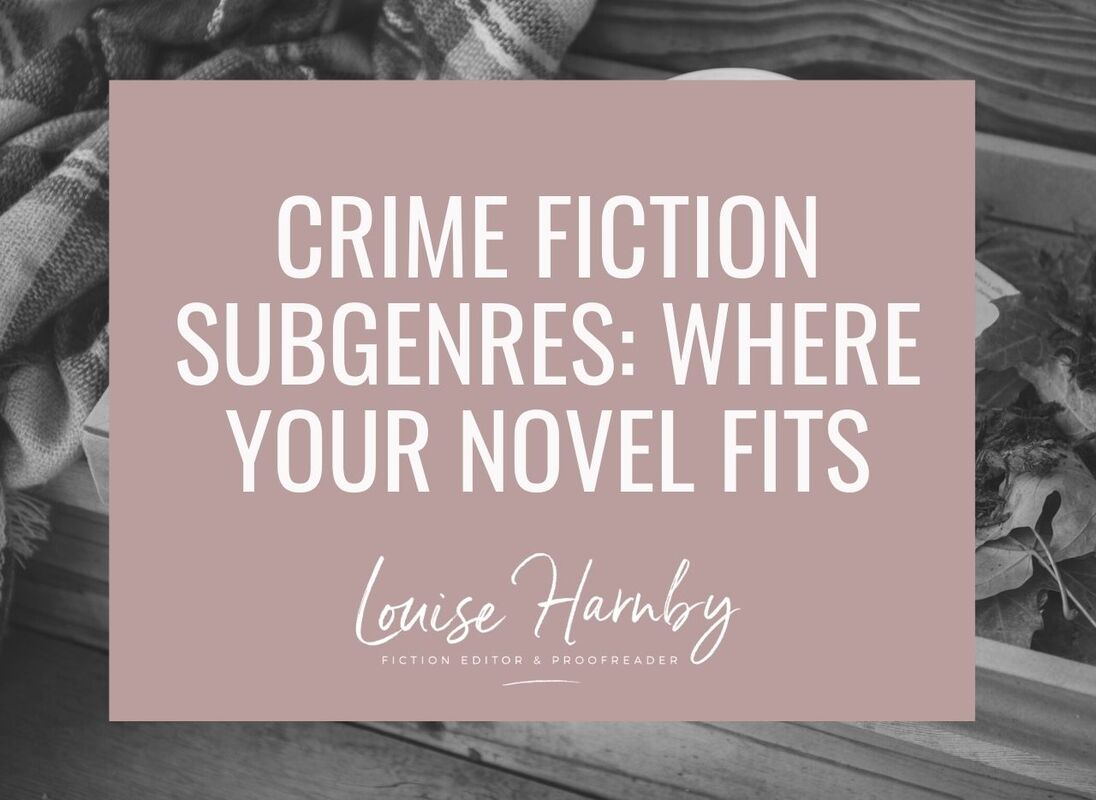
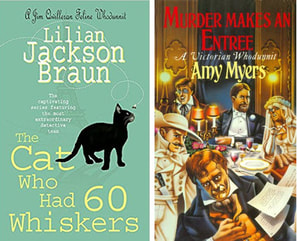
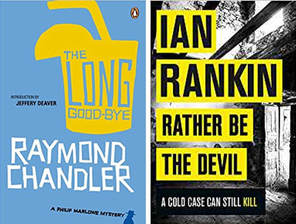
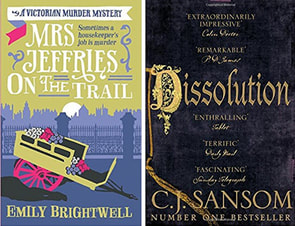
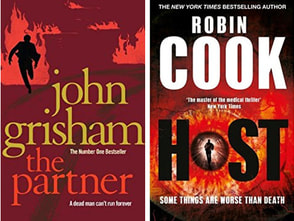
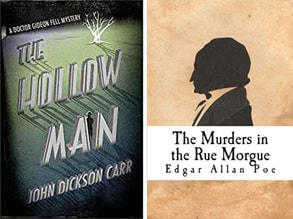
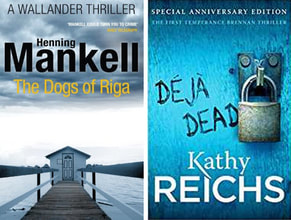
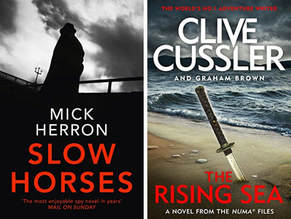
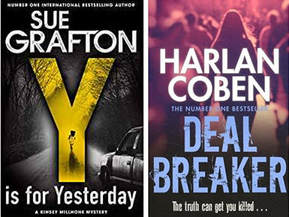
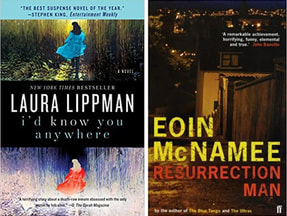
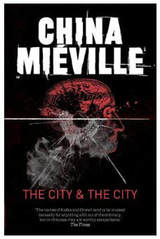
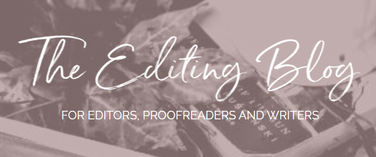

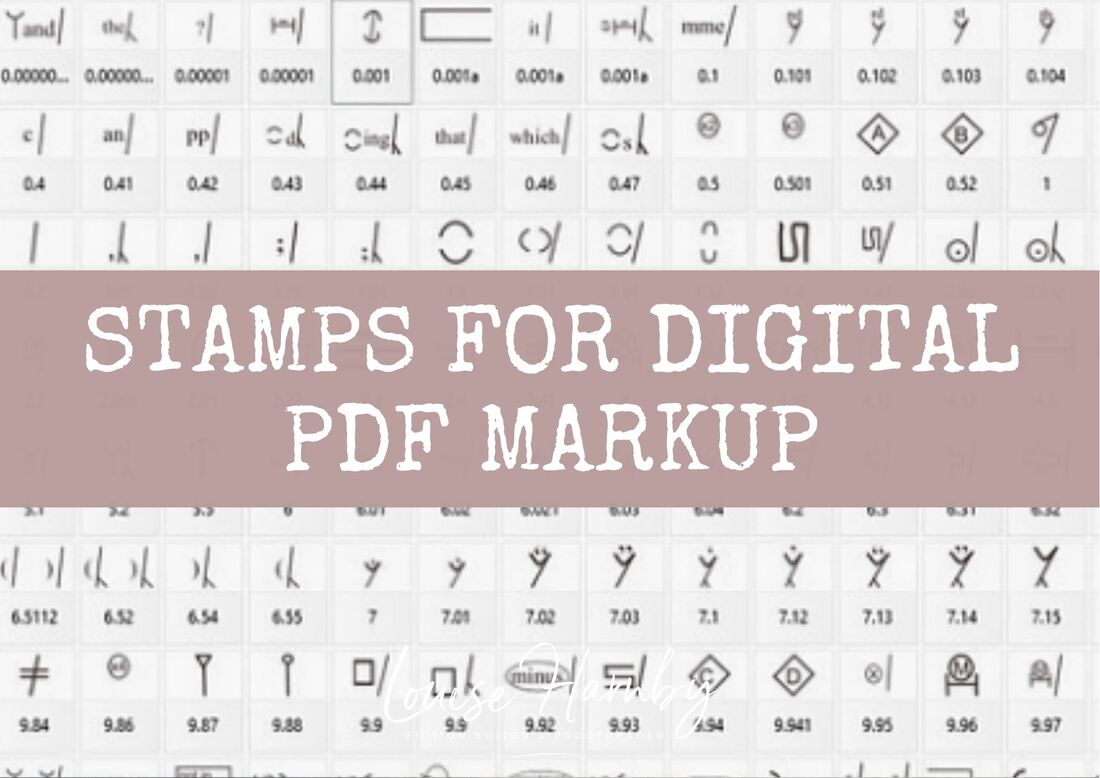
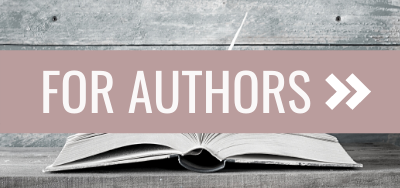
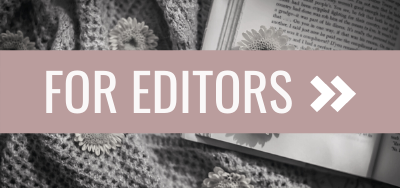
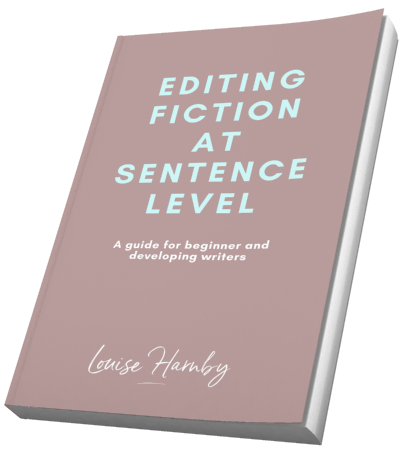
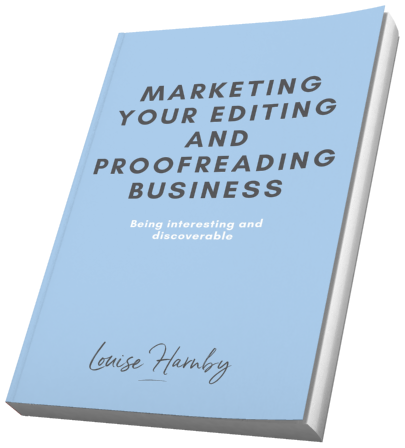
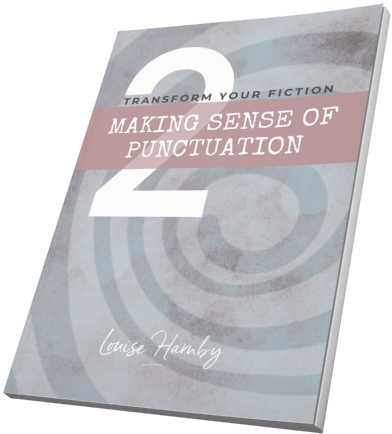
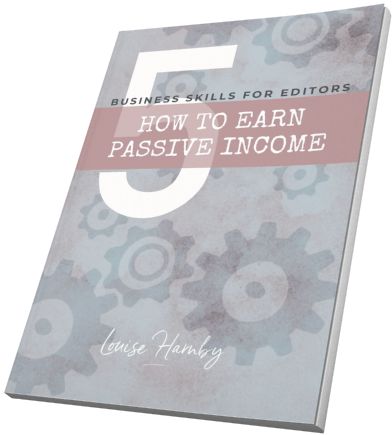
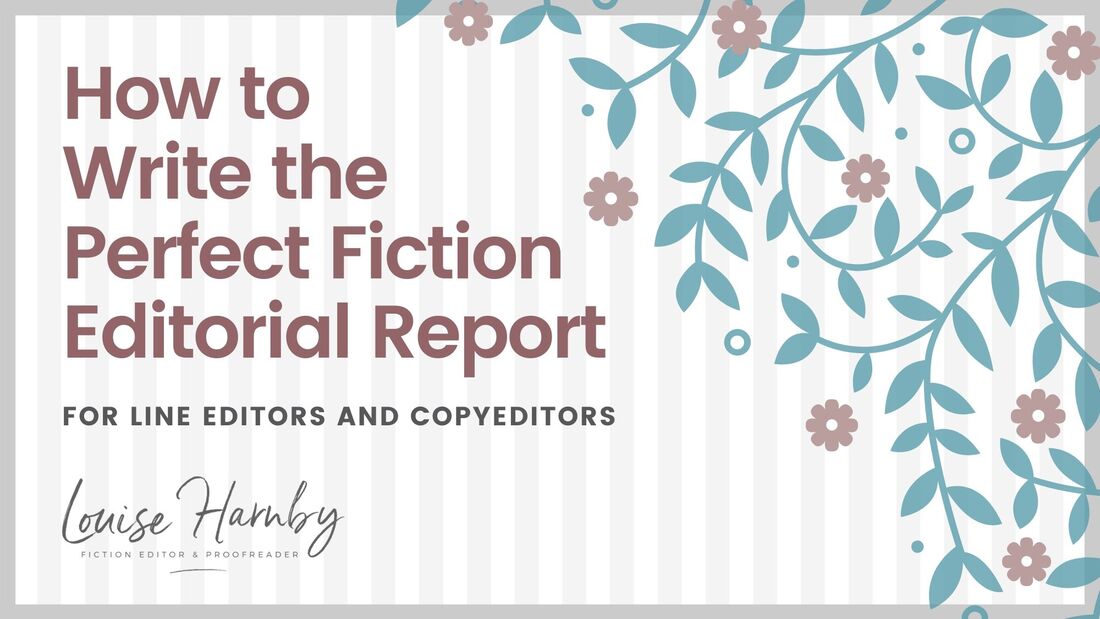
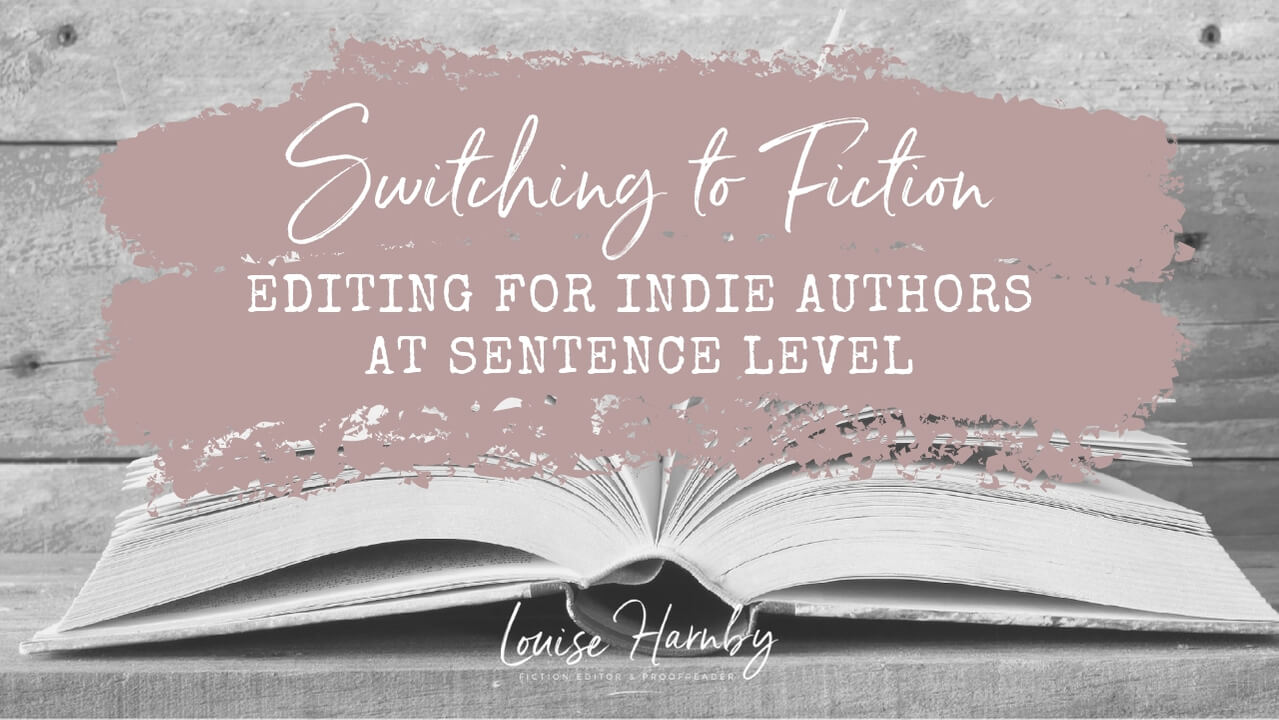
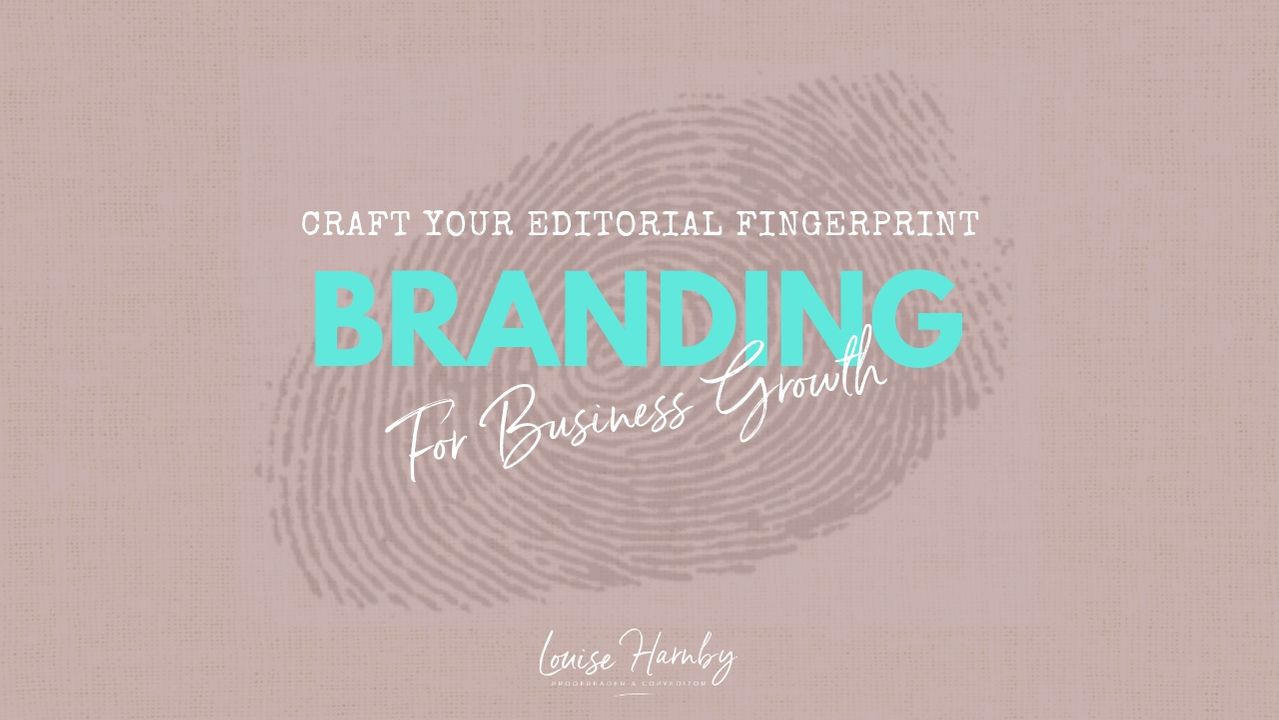
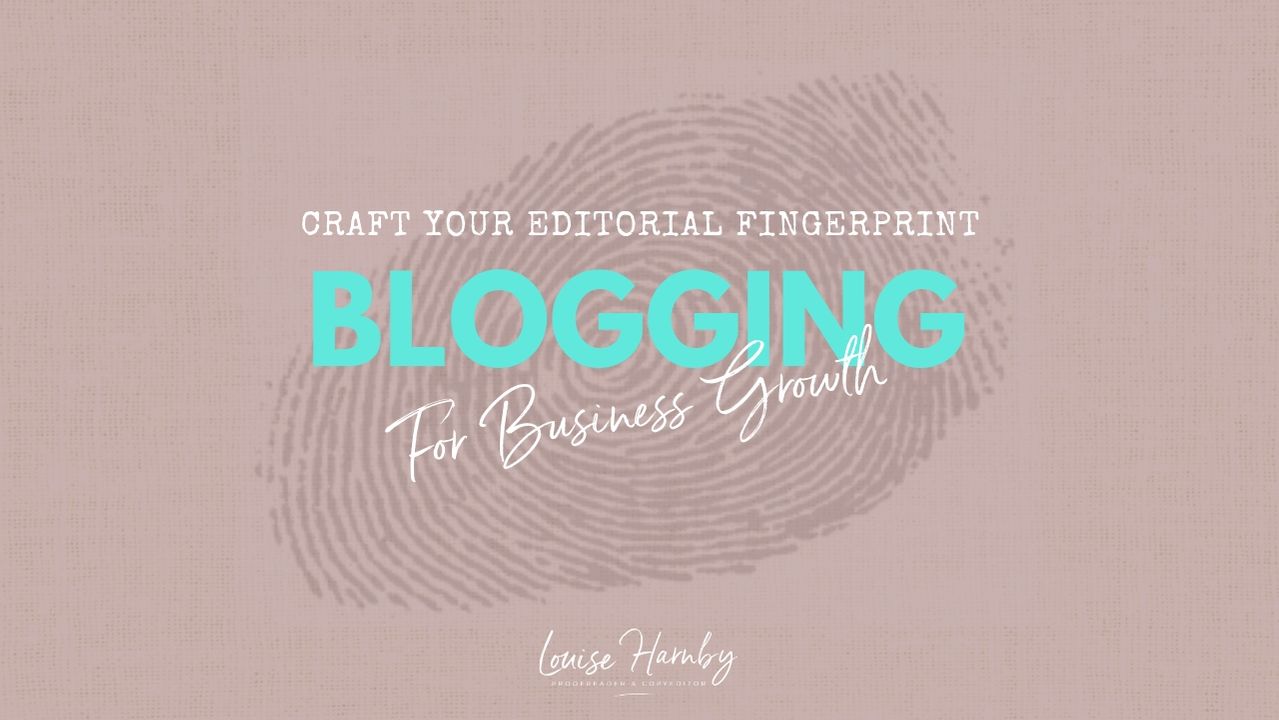
 RSS Feed
RSS Feed





